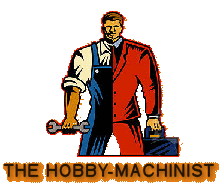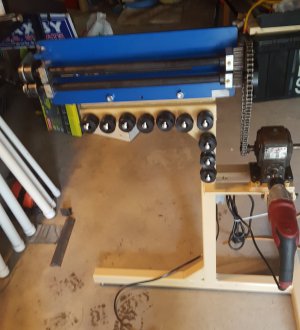- Joined
- Jan 28, 2022
- Messages
- 853
Hello,I read a question this morning and cannot find it again but it was about belt pulley sizing and how it effects motor torque that being a mill lath or whatever. I'm not being sarcastic or a wise guy I just don't understand (many things) how changing a pulley size can change the motors torque. Thanks.



